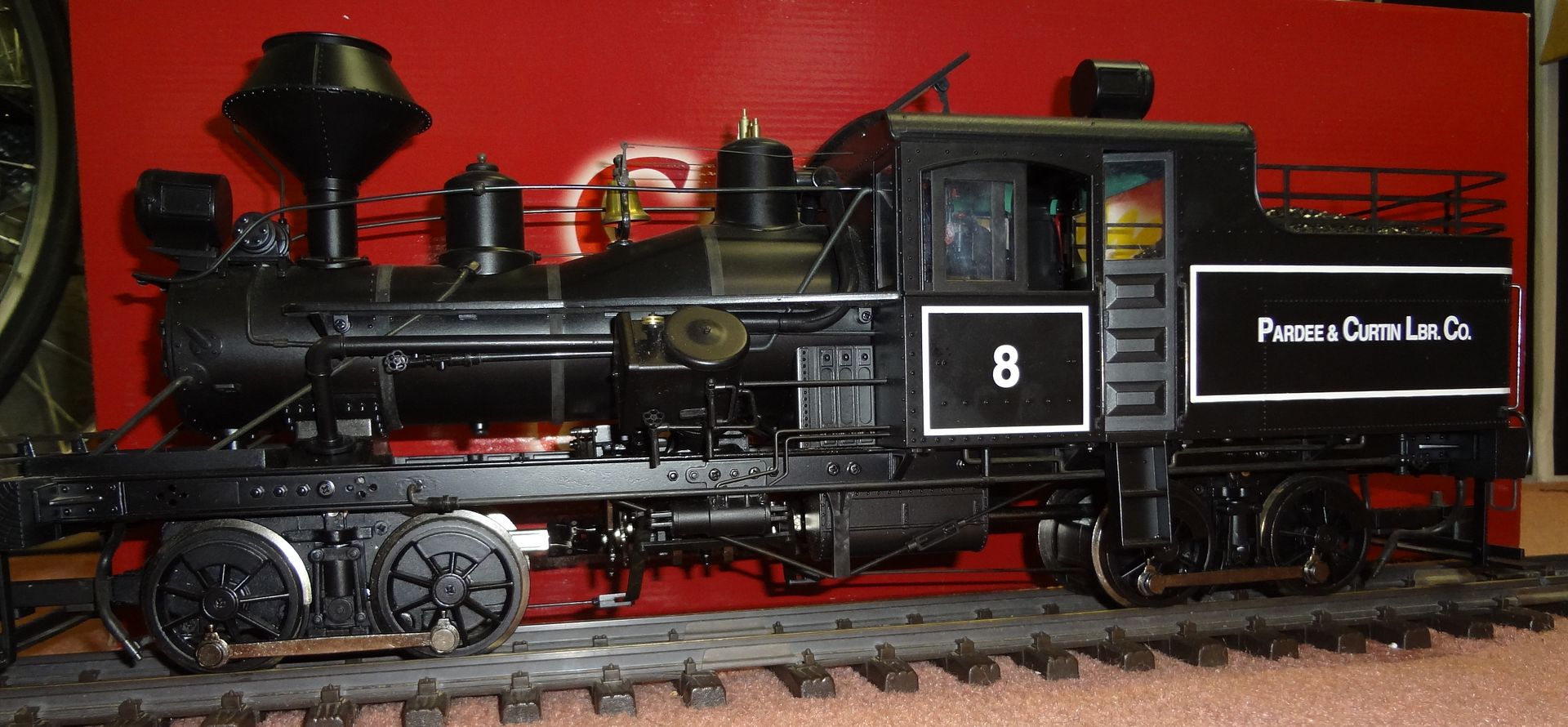If you use chuff averaging with Phoenix, the chuffs will work…sort of.
They are in the top of the cylinders. The crank is 90 degrees. You get chuff-chuff-blank-blank-chuff-chuff.
You will also find, if close to eye level, the slack in the drivetrain causes the crank to visibly “drop” when the contacts push it down hard after top dead centre.
I have always removed the contacts and wiring, used auto chuff (about the only engine I do so with).
If you go through the maintenance instructions carefully, you will find there is a lube port shown in the bulkhead where the driveline connects. It is not present in production units.
The Great Howard himself told me early on that the most critical lubrication point of the Mabuchi motors is the plastic brush end bearing, which is fully encased in that bulkhead.
Was he right? I don’t claim to know, other than that is what he told me.
EVERY Heisler I have ever worked on has come fully apart and that lube port has been drilled.
Does it make any difference? Who knows, other than every one I have to deal with has never had a problem because it has the lube port as described in the instructions.
The contacts in the chassis are similar to the later Shays and 45 tonner, at least, and yes, you can have some occasional contact issues, or a pine needle get into it. The contact is six mil PC board, so wear may be a factor on multiple R-1 curves. I hard wire them, two wires, as I use no track power whatsoever.
You need to remove the rear truck to remove the ashpan for speaker installation. Fairly straightforward, but does use a small speaker. Never been a problem.
I used to use only Sierra sound, which had lighting outputs for driving the flicker board, so I removed the board fully in the tender for radio and battery installation.
I have two Shays, one Climax, and one Heisler on shed, plus a Vulcan Duplex which started as a junk Heisler with old Porter drives under it. So, 5 logging locos. Too many.
With the crank “drop”, using magnets on a driveshaft doesn’t work well, as it gives a syncopated beat, but your mileage may vary.
Top cylinder cocks…right up under the running board. They stick out just far enough that they will break off if you lay the engine on it’s side. The pipe connecting it will hold it in place long enough for you to retrieve it.
Using a pin vise, drill out the remains, and glue it back in the hole with the “nub” inside the hole. This drops it back far enough it will not hit the table when you roll it over.
It works good…usualluy have two or three running during ops sessions.
TOC



